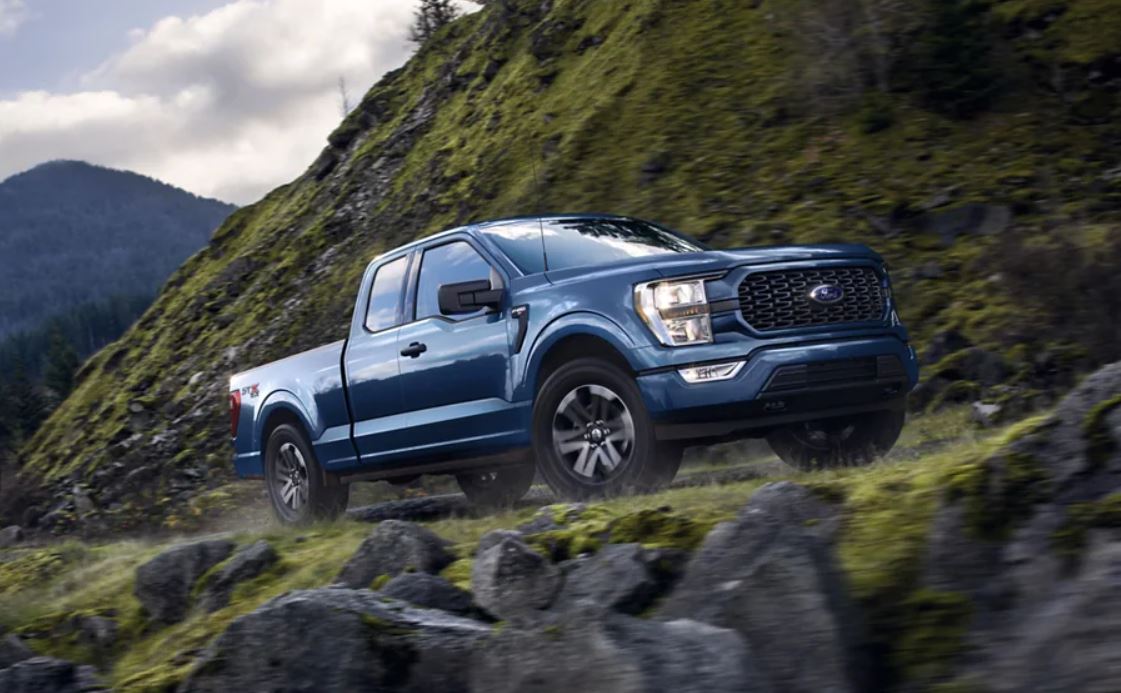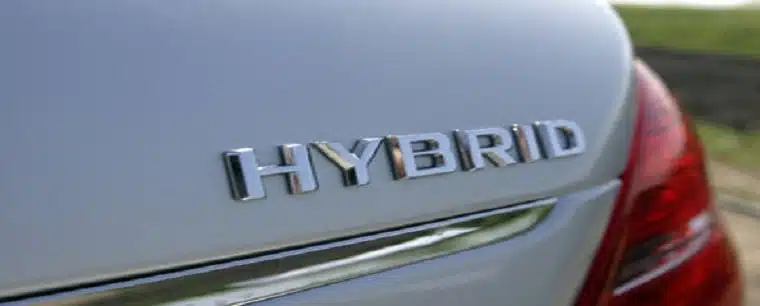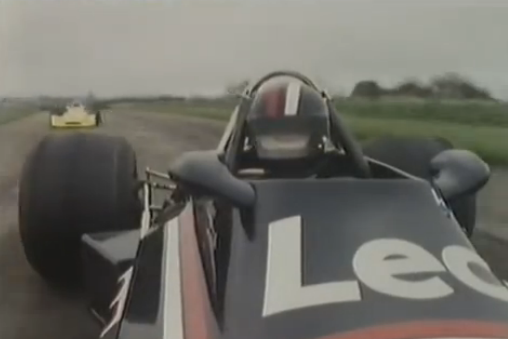Driving etiquette has evolved over generations, sparking debates among automotive enthusiasts.
The recent Twitter feud among journalists ignited the discussion of hand placements on the steering wheel.
As an automotive enthusiast, I delve into the timeless debate of 10 and 2 or 9 and 3.
The 10 and 2 Generation
10 and 2: A Legacy of Tradition
The 10 and 2 hand placement, ingrained in many by their parents’ generation, stands as a traditional approach.
This section explores the historical significance and the reasons behind its prevalence.
Expert Insight: Mario Andretti’s Take
Delve into an interview with the legendary racer Mario Andretti, who advocates for the 9 and 3 hand placement as the ideal position for avoiding potential hazards.
The 9 and 3 Preference
Comfort and Control: Choosing 9 and 3
Personal preference often dictates hand placement.
I share my experience as a 9 and 3 advocate, emphasizing comfort and control during both daily driving and spirited endeavors.
Safety First: Adapting to Airbags
Explore how the introduction of airbags influenced hand placement preferences.
The discussion includes insights into minimizing potential arm injuries in case of airbag deployment.
Variations and Exceptions
Breaking the Mold: One-Handed and Unconventional Styles
Occasionally deviating from the norm, this section covers the occasional use of one hand, variations in hand placement, and unconventional styles like the “Gangster skinny” approach.
Insights from Experience
Behind the Wheel: Balancing Enthusiasm and Safety
Drawing on personal experiences, this section explores the fine line between driving with enthusiasm on the track and maintaining safety during daily commutes.
Frequently Asked Questions
Is 9 and 3 the Only Safe Option?
Addressing common queries, this FAQ section covers concerns about the safety of the 9 and 3 hand placement and explores alternative styles.
Is 9 and 3 the safest hand placement?
In our exploration of hand placements, it’s crucial to understand that safety is subjective. While 9 and 3 is deemed safe by many, individual driving styles and circumstances may vary.
It’s essential to find a balance between comfort and safety that suits your driving habits.
What influenced the shift from 10 and 2 to 9 and 3?
The shift from 10 and 2 to 9 and 3 can be attributed to changes in vehicle design and safety features.
With the advent of airbags, the recommended hand placement shifted to 9 and 3 to reduce the risk of injury in case of deployment.
Are there exceptions to the 9 and 3 rule?
Yes, exceptions exist. Certain driving scenarios may warrant different hand placements.
For example, in off-road driving or specialized racing, drivers may adopt unconventional styles for better control.
However, these exceptions should be approached with caution and expertise.
How do airbags impact hand placement choices?
Airbags significantly influenced hand placement recommendations.
Placing hands lower at 9 and 3 reduces the chances of injury in case of airbag deployment, as it minimizes the risk of hands being thrown into the face.
Can one-handed driving be safe?
While one-handed driving might be necessary at times, it’s generally not recommended for extended periods.
Safety is compromised when control is limited. Always strive to maintain a secure grip, especially in challenging driving conditions.
What is the significance of variations like “Gangster skinny”?
Variations like “Gangster skinny” reflect personal style preferences. However, these styles may sacrifice safety for aesthetics.
It’s crucial to prioritize safety over trendy hand placements, ensuring a secure grip on the steering wheel.
How does hand placement differ in racing scenarios?
In racing scenarios, hand placement becomes dynamic. Drivers may adjust their grip based on the type of race, vehicle, and driving conditions.
Racing professionals often shift from 9 and 3 to optimize control and maneuverability.
Should hand placement change based on the type of vehicle?
Yes, hand placement can vary based on the type of vehicle. Larger vehicles may require a different grip for better control, while sports cars may demand a more agile hand position. Adjust your hand placement to suit the specific characteristics of the vehicle.
What are the potential risks of not adhering to traditional hand placement?
Deviation from traditional hand placements, especially in everyday driving, can pose risks.
In the event of an accident, the hands may be more susceptible to injuries. Adhering to recommended positions like 9 and 3 helps minimize these risks.
Are there recommended hand placement guidelines for new drivers?
New drivers are often advised to follow standard hand placements like 9 and 3.
This provides a balanced grip and better control, especially during the initial learning phase. As drivers gain experience, they may adapt their hand placement to suit their preferences.
Conclusion
Finding Your Comfort Zone
Concluding the debate, this section emphasizes the importance of finding a hand placement that aligns with individual comfort, safety, and driving conditions.
Whether you swear by the tradition of 10 and 2 or embrace the modern approach of 9 and 3, prioritize a grip that ensures control and minimizes risks.
Exploring Ferrari Front-Engine Marvels: A Deep Dive into the 550 Maranello and 575M
Ferrari Front-Engine Legacy Unveiled In the world of automotive excellence, Ferrari front-engine marvels, specifically the 550 Maranello and its successor, the…
Exploring Sedona Best Driving Roads: A Journey Through Unrivaled Beauty
Embarking on a journey through Sedona, Arizona, promises a symphony of breathtaking vistas and enchanting locations that unfold with every…
Top 11 Insurance Companies in California 2024
In the sprawling state of California, navigating the unpredictable nature of roads is a daily challenge. Auto insurance emerges as…
5 Popular Trucks for Canadian Drivers
Are you on the quest for the perfect truck tailored to your unique needs? Look no further. Let’s dive into…
Exploring Hybrid Cars: Advantages vs Disadvantages
Hybrid cars, a marvel of automotive engineering, seamlessly blend traditional combustion engines with electric motors. This ingenious combination propels vehicles…
Unveiling the Thrilling Legacy of David Purley Formula 5000 Racing
Formula 5000: A Symphony of Power and Elegance Embark on an exhilarating journey through the golden era of Formula 5000 racing,…







Your article helped me a lot, is there any more related content? Thanks!